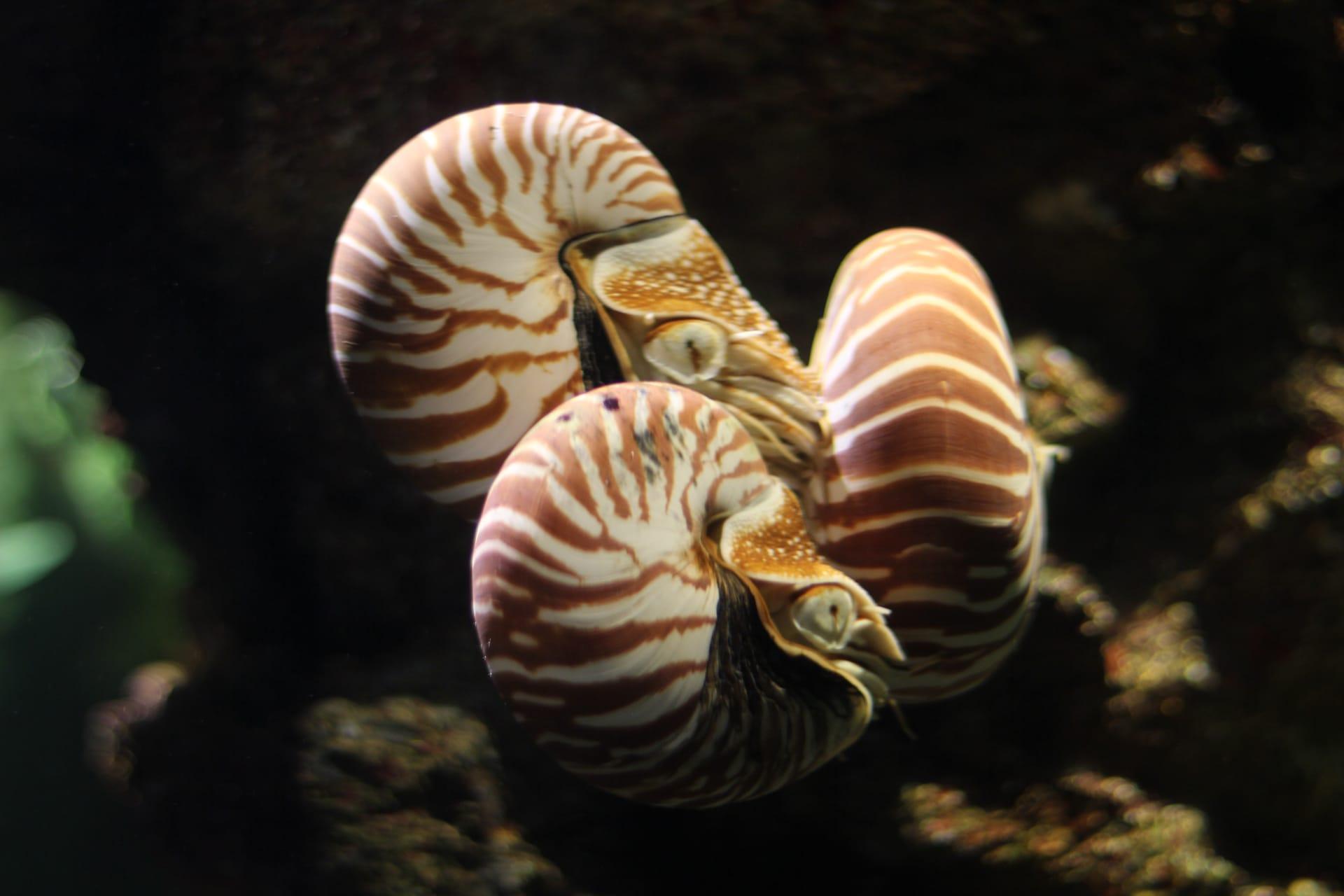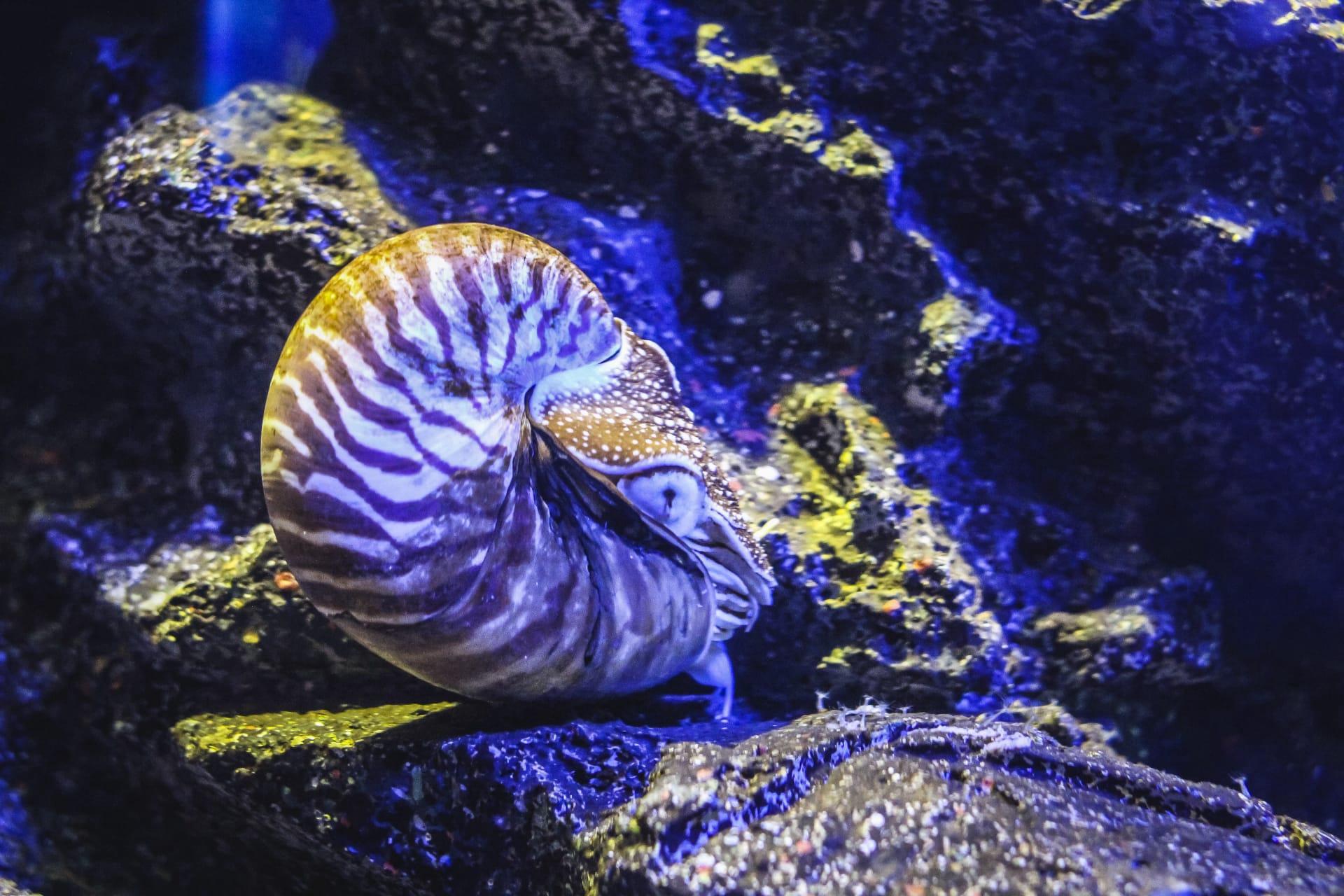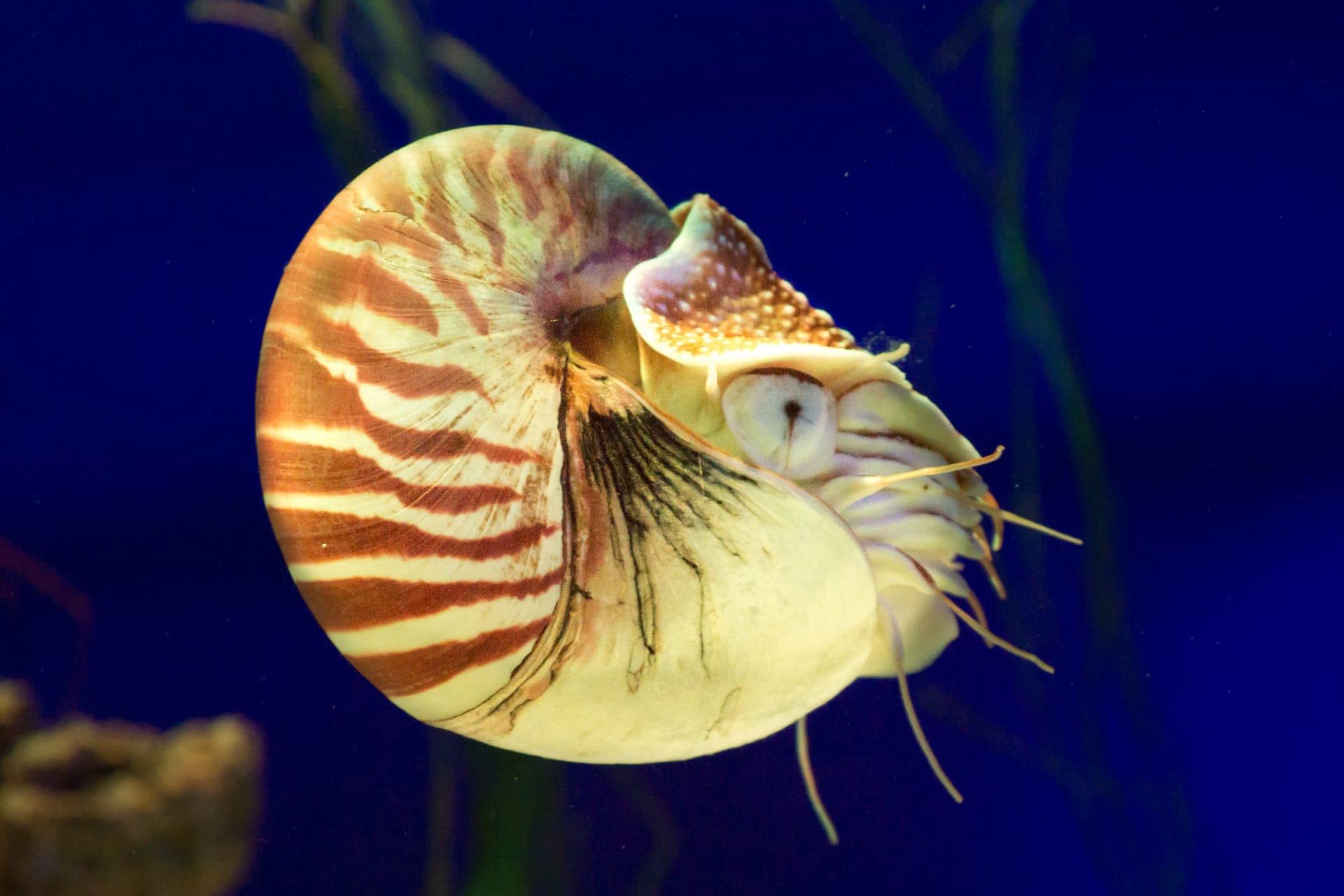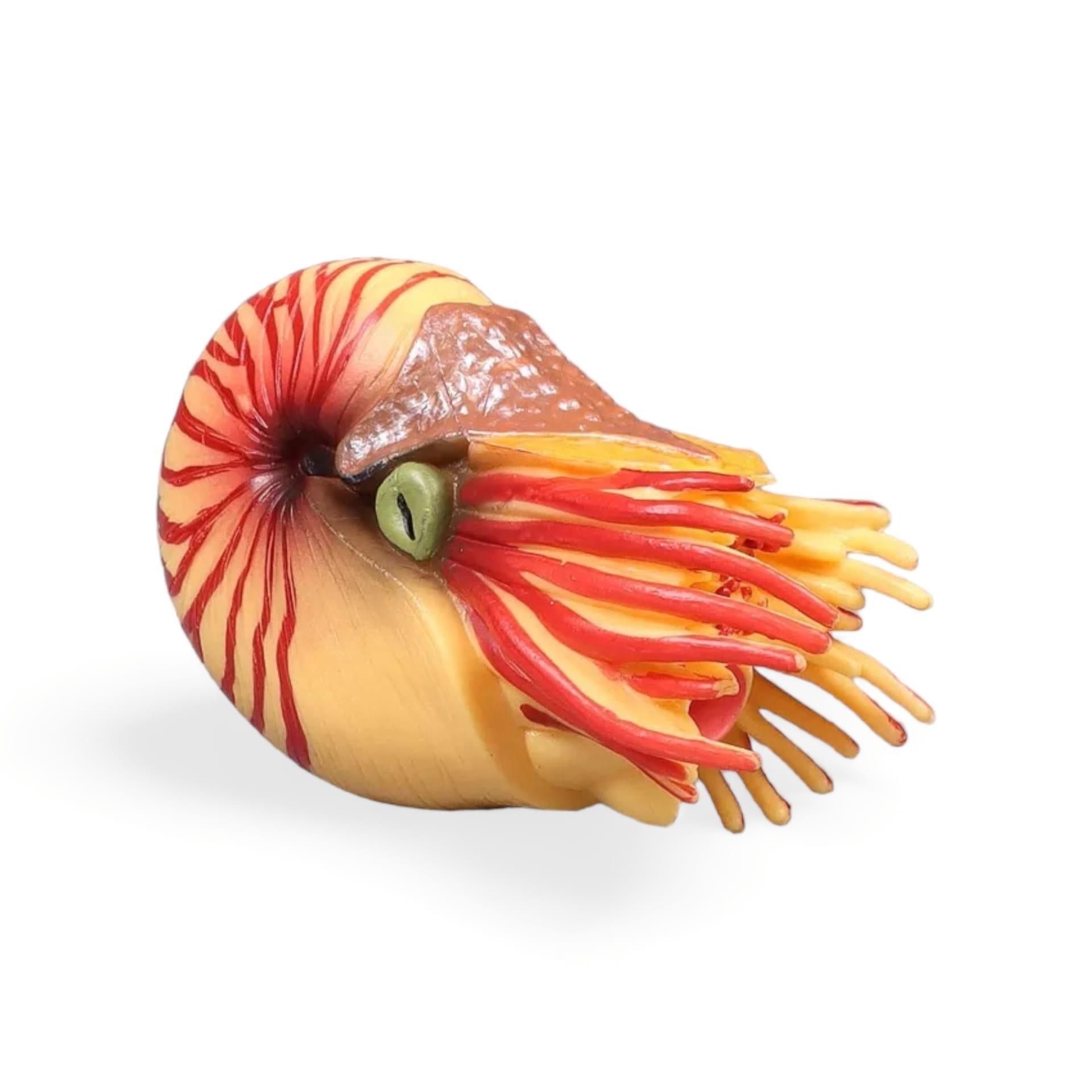Nautilus
- Home /
- Mini Encyclopedia /
- Animal /
- Nautilus
1
The Nautilus, belonging to the family Nautilidae and genus Nautilus, represents a group of pelagic marine mollusks with a distinctive shell divided into chambers. This group, often referred to as "living fossils," has remained relatively unchanged for millions of years. The classification places them within the larger cohort of cephalopods, sharing lineage with squids, octopuses, and cuttlefish, yet they diverge significantly in their anatomical structure and lifestyle.
Nautiluses inhabit the tropical waters of the Indo-Pacific region, ranging from the eastern coast of Africa to the central Pacific Ocean. Their distribution is patchy and primarily focused around coral reef environments, where they descend to depths of up to 700 meters during the day and ascend to shallower waters at night to feed. This vertical migration is essential for their survival, helping them avoid predators while searching for prey such as crustaceans and carrion.

2
Question: Is it true that nautiluses have poor eyesight and cannot see colors or detailed images?
Answer: Indeed, nautiluses possess a primitive form of vision. Their eyes lack lenses, which means they cannot form clear, detailed images or perceive colors. Instead, they rely on a simple pinhole camera principle to detect light and movement, aiding them in navigating the murky depths of the ocean. This sensory adaptation underscores their ancient lineage and contrasts sharply with the more complex eyes of other cephalopods like squids and octopuses.

3
Nautiluses have developed a unique survival strategy involving their iconic shell. The shell, apart from providing physical protection, plays a crucial role in buoyancy control. Its internal chambers are filled with gas and liquid, which the nautilus can adjust to change its buoyancy, allowing it to float or sink without expending much energy. This ability is critical for their vertical migrations and energy-efficient movement in the ocean's depths.
Another key survival tactic is their low reproductive rate combined with a long lifespan, which can exceed 20 years. Nautiluses lay a small number of large eggs that take about a year to hatch. This slow growth and reproductive strategy make them vulnerable to overfishing but are balanced by their longevity, giving them several opportunities to reproduce over their lifetime.

4
In the marine ecosystem, nautiluses play the role of both predator and prey. As nocturnal feeders, they contribute to the control of the population of small marine organisms, thereby maintaining the balance within the food web. Their diet includes crustaceans, small fish, and carrion, which they scavenge using their tentacles.
The shells of nautiluses, after their death, also contribute significantly to the marine ecosystem. These shells descend to the ocean floor, providing habitat and hiding spots for a variety of marine life. The calcium carbonate from their shells is recycled in the ocean's chemical makeup, underlining the nautilus's role in the biogeochemical cycles of marine ecosystems.

5
Film: "Aliens of the Deep Sea" is a documentary produced by a French team in 2010, focusing on the mysterious lives of deep-sea creatures, including the nautilus. It showcases the nautilus in its natural habitat, emphasizing its ancient origins and unique adaptations to the deep-sea environment.
Book: "The Search for the Giant Squid" by Richard Ellis, published in the United States in 1998, delves into the world of deep-sea cephalopods, dedicating chapters to the enigmatic nautilus. Ellis combines scientific research with captivating narratives to bring the life of these ancient creatures closer to the general public.
Book: "Nautilus: Beautiful Survivor" by Wolfgang Grulke, released in 2016 in the UK, spans 500 million years of nautilus evolution. Grulke's work is a comprehensive account that not only explores the biology and natural history of the nautilus but also addresses the conservation challenges these creatures face today.